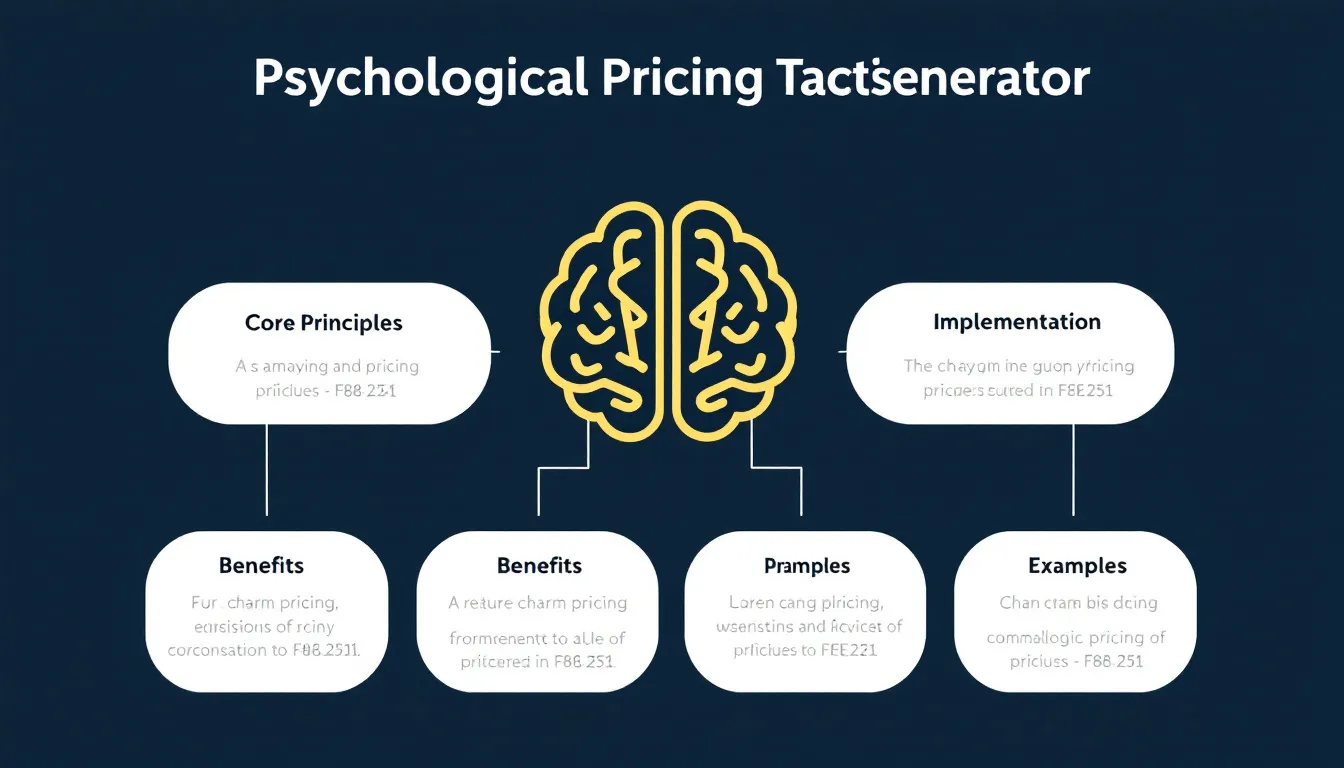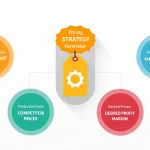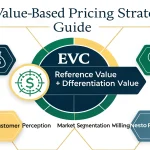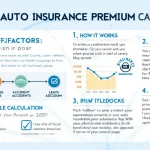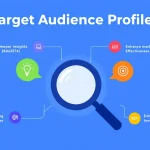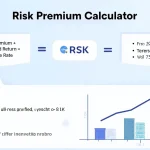Is this tool helpful?
How to Use the Psychological Pricing Tactics Generator Effectively
To maximize the benefits of our Psychological Pricing Tactics Generator, follow these simple steps to receive customized pricing recommendations for your business:
- Type of product or service being priced: Enter specific details about your offering. For example: “Premium organic skincare line” or “Online photography courses”
- Target audience or customer segment: Define your ideal customer profile. Example inputs: “Health-conscious women aged 25-45” or “Amateur photographers looking to start a business”
- Current or desired price range: Input your preferred pricing bracket. While optional, this helps in generating more relevant tactics
- Competitor pricing information: Include known market prices to receive more competitive recommendations
Understanding Psychological Pricing Strategy Generator
This innovative tool helps businesses implement scientifically-proven pricing psychology techniques to optimize their pricing strategy and boost sales conversion rates. The generator analyzes your input data and provides customized pricing recommendations based on established psychological pricing principles and consumer behavior research.
Core Psychological Pricing Principles
- Charm pricing (ending prices in .99 or .95)
- Prestige pricing (whole numbers for luxury items)
- Price anchoring strategies
- Decoy pricing implementations
- Bundle pricing opportunities
Benefits of Using the Psychological Pricing Generator
1. Data-Driven Decision Making
The tool combines market research with psychological pricing principles to provide evidence-based recommendations, eliminating guesswork from your pricing strategy.
2. Competitive Advantage
Receive tactical suggestions that help position your offerings more effectively against competitors while maintaining profitable margins.
3. Increased Conversion Rates
Implement psychologically optimized pricing structures that resonate with customer decision-making patterns and increase purchase likelihood.
4. Market-Specific Adaptability
Get customized recommendations based on your specific industry, target audience, and competitive landscape.
Problem-Solving Capabilities
The Psychological Pricing Generator addresses several common pricing challenges:
Price Positioning Dilemmas
When pricing a luxury wellness retreat, the tool might recommend using round numbers (e.g., $3,000 instead of $2,999) to maintain a premium perception while suggesting tiered pricing options to create value anchors.
Competitive Pricing Challenges
For a subscription-based software service, the generator might recommend implementing a decoy pricing strategy with three tiers: $29, $59, and $89, making the middle option appear most attractive.
Practical Applications and Examples
Example 1: E-commerce Store
Input:
- Product Type: Artisanal Coffee Beans
- Target Audience: Coffee enthusiasts, urban professionals
- Price Range: $15-25
- Competitor Prices: $18.99, $22.99
Generated Strategy:
- Primary price point: $19.99 (charm pricing)
- Bundle option: 3 bags for $54.99 (bulk savings psychology)
- Premium variant: Single-origin selection at $24.99 (price anchoring)
Example 2: Service Business
Input:
- Service Type: Personal Training Sessions
- Target Audience: Fitness-focused professionals
- Price Range: $50-100 per session
- Competitor Prices: $65, $75
Generated Strategy:
- Single session: $79 (prestige pricing)
- 5-session package: $375 ($75 per session)
- 10-session package: $690 ($69 per session)
Frequently Asked Questions
What makes psychological pricing effective?
Psychological pricing leverages cognitive biases and decision-making patterns to make prices more attractive to consumers. It works by tapping into both emotional and rational aspects of purchasing decisions.
How often should I update my pricing strategy?
Regular quarterly reviews are recommended, with additional reviews during significant market changes or seasonal peaks in your industry.
Can psychological pricing work for both high-end and budget products?
Yes, different psychological pricing techniques are effective across price points. Luxury items often benefit from prestige pricing, while charm pricing works well for everyday purchases.
Should I use the same pricing tactics across all products?
No, it’s important to vary tactics based on product type, target audience, and positioning. The generator provides customized recommendations for each specific case.
How do I implement multiple pricing tactics together?
The generator provides recommendations for complementary pricing strategies that work together effectively without conflicting or confusing customers.
What role does market positioning play in psychological pricing?
Market positioning significantly influences which psychological pricing tactics will be most effective. Premium brands might focus on prestige pricing, while value brands might emphasize comparative savings.
Can psychological pricing improve customer perception?
Yes, well-implemented psychological pricing can enhance perceived value and brand positioning while maintaining profitability.
How do seasonal factors affect psychological pricing strategies?
Seasonal demands can influence which psychological pricing tactics are most effective. The generator accounts for these factors in its recommendations.
Important Disclaimer
The calculations, results, and content provided by our tools are not guaranteed to be accurate, complete, or reliable. Users are responsible for verifying and interpreting the results. Our content and tools may contain errors, biases, or inconsistencies. We reserve the right to save inputs and outputs from our tools for the purposes of error debugging, bias identification, and performance improvement. External companies providing AI models used in our tools may also save and process data in accordance with their own policies. By using our tools, you consent to this data collection and processing. We reserve the right to limit the usage of our tools based on current usability factors. By using our tools, you acknowledge that you have read, understood, and agreed to this disclaimer. You accept the inherent risks and limitations associated with the use of our tools and services.
